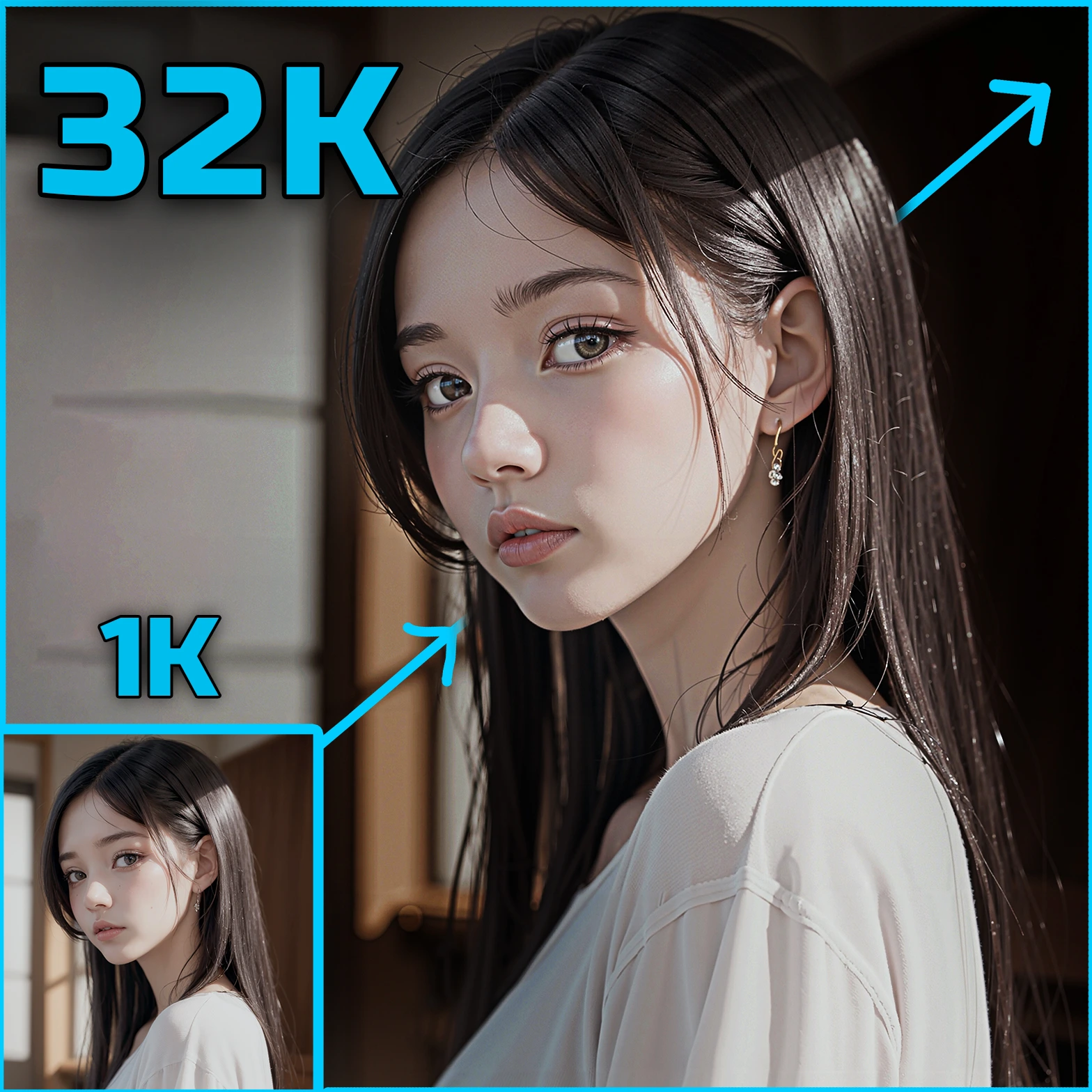ComfyUI Node: FASHN Virtual Try-On
FASHN
CategoryFASHN AI
danbochman (Account age: 679days) Extension
FASHN Virtual Try-On Latest Updated
2025-04-23 Github Stars
0.02K
How to Install FASHN Virtual Try-On
Install this extension via the ComfyUI Manager by searching for FASHN Virtual Try-On- 1. Click the Manager button in the main menu
- 2. Select Custom Nodes Manager button
- 3. Enter FASHN Virtual Try-On in the search bar
Visit ComfyUI Online for ready-to-use ComfyUI environment
- Free trial available
- 16GB VRAM to 80GB VRAM GPU machines
- 400+ preloaded models/nodes
- Freedom to upload custom models/nodes
- 200+ ready-to-run workflows
- 100% private workspace with up to 200GB storage
- Dedicated Support
FASHN Virtual Try-On Description
Sophisticated virtual try-on node using AI to overlay clothing images on models for realistic previews, benefiting fashion industry.
FASHN Virtual Try-On:
FASHN is a sophisticated virtual try-on node designed to simulate the experience of trying on garments digitally. It leverages advanced AI technology to overlay clothing images onto model images, providing a realistic preview of how garments will look when worn. This node is particularly beneficial for fashion designers, retailers, and consumers who wish to visualize clothing on different body types without the need for physical samples. By utilizing the FASHN node, you can enhance your design process, improve customer engagement, and streamline the fashion retail experience. The node connects to the FASHN API, ensuring high-quality image processing and rendering, and offers various customization options to suit different needs and preferences.
FASHN Virtual Try-On Input Parameters:
model_image
The model_image parameter is required and represents the image of the model onto which the garment will be virtually tried on. This can be a URL or a local image file. The quality and resolution of this image can significantly impact the realism of the virtual try-on result.
garment_image
The garment_image parameter is also required and refers to the image of the garment that you want to try on the model. Like the model image, this can be a URL or a local image file. The clarity and detail of this image are crucial for achieving a realistic overlay.
category
The category parameter is optional and specifies the type of garment being used. Options include "tops," "bottoms," "one-pieces," and "auto," with "auto" being the default. This helps the node to apply appropriate processing techniques based on the garment type.
mode
The mode parameter is optional and determines the balance between performance and quality. Options are "performance," "balanced," and "quality," with "balanced" as the default. Choosing "performance" speeds up processing, while "quality" enhances the visual output.
garment_photo_type
The garment_photo_type parameter is optional and indicates the style of the garment image. Options include "auto," "model," and "flat-lay," with "auto" as the default. This setting helps the node to adjust its processing based on the garment's presentation style.
moderation_level
The moderation_level parameter is optional and controls the content moderation applied to the images. Options are "none," "permissive," and "conservative," with "permissive" as the default. This ensures that the content adheres to desired standards and guidelines.
segmentation_free
The segmentation_free parameter is optional and is a boolean that determines whether the node should operate without segmentation. The default value is True, allowing for a more flexible processing approach.
seed
The seed parameter is optional and is an integer used to ensure reproducibility of results. The default value is 42, and it helps in generating consistent outputs across different runs.
num_samples
The num_samples parameter is optional and specifies the number of output samples to generate. It is an integer with a default value of 1, a minimum of 1, and a maximum of 4. This allows you to explore multiple variations of the virtual try-on.
fashn_api_key
The fashn_api_key parameter is optional and is a string used for authentication with the FASHN API. If not provided, it must be set in the environment variables. This key is essential for accessing the API's services.
FASHN Virtual Try-On Output Parameters:
IMAGE
The output parameter is an IMAGE, which represents the final result of the virtual try-on process. This image shows the model wearing the garment, providing a realistic preview of how the clothing item would look in real life. The quality of this output is influenced by the input parameters and the selected mode.
FASHN Virtual Try-On Usage Tips:
- Ensure that both the model and garment images are of high quality and resolution to achieve the best virtual try-on results.
- Experiment with different
modesettings to find the right balance between processing speed and output quality for your specific needs. - Use the
categoryparameter to optimize the try-on process for specific garment types, enhancing the realism of the overlay.
FASHN Virtual Try-On Common Errors and Solutions:
FASHN Virtual Try-On_API_KEY must be set in environment variables or provided as fashn_api_key.
- Explanation: This error occurs when the API key required for authentication is not provided.
- Solution: Ensure that the
fashn_api_keyis either passed as a parameter or set in the environment variables.
API call failed: <error_message> - Req Body: <inputs>
- Explanation: This error indicates that the API request was unsuccessful, possibly due to network issues or incorrect input data.
- Solution: Check your internet connection and verify that all input parameters are correctly formatted and valid.
Maximum polling time exceeded.
- Explanation: This error occurs when the node takes too long to receive a response from the API.
- Solution: Try reducing the number of samples or switching to a faster
modeto decrease processing time.
Prediction failed with id <pred_id>: <error_message>. Inputs: <inputs>
- Explanation: This error suggests that the prediction process encountered an issue, possibly due to invalid inputs or server-side problems.
- Solution: Review the input parameters for any errors and consider retrying the request. If the problem persists, contact support for assistance.
FASHN Virtual Try-On Related Nodes
RunComfy is the premier ComfyUI platform, offering ComfyUI online environment and services, along with ComfyUI workflows featuring stunning visuals. RunComfy also provides AI Playground, enabling artists to harness the latest AI tools to create incredible art.



